His son, Ganesha, is revered as the remover of obstacles from "summary" of Shiva by Vigneswaran Chandran
Shiva, the supreme being in Hindu mythology, is known for his many roles and attributes. One of his most prominent roles is that of a father to Ganesha, a beloved deity in Hinduism. Ganesha is revered for his ability to remove obstacles and bring success and prosperity to his devotees. This concept of Ganesha as the remover of obstacles is deeply ingrained in Hindu culture and is reflected in various rituals and practices. The relationship between Shiva and Ganesha is a special one, symbolizing the bond between a father and his son. Shiva is often depicted as a doting father, showering love and blessings on his son. Ganesha, in turn, is a dutiful and devoted son, always ready to assist his father and his devotees in overcoming challenges and obstacles. The concept of Ganesha as the remover of obstacles holds great significance in Hindu spiritual practices. Many Hindus pray to Ganesha before beginning any new venture or undertaking, seeking his blessings for success and protection from hindrances. Ganesha is also invoked during ceremonies and rituals to ensure a smooth and auspicious outcome. The imagery associated with Ganesha reinforces his role as the remover of obstacles. He is often depicted with a large belly, symbolizing his ability to digest and overcome any obstacles in his path. His elephant head is a symbol of wisdom and intelligence, qualities that are necessary to navigate life's challenges with grace and ease.- The concept of Ganesha as the remover of obstacles is a powerful and enduring one in Hindu mythology. It reflects the belief that with faith, devotion, and the blessings of the divine, one can overcome any obstacle and achieve success in all endeavors.
Similar Posts

Social issues addressed through characters
The characters in 'Godan' serve as a reflection of the various social issues prevalent in society during that time. Through the...
The fate of Meluha hangs in the balance as Shiva embraces his role as the Neelkanth
As Shiva stood at the precipice of destiny, the weight of the world seemed to rest upon his shoulders. The people of Meluha loo...
Golden deer
In the lush forests of ancient India, there roamed a creature of unparalleled beauty. Its coat shimmered like spun gold in the ...
Symbols in myths point to universal truths beyond words
Myths are not simply tales of the past; they are symbolic stories that resonate with universal truths that transcend time and c...

Parvateshwar confronts a deadly foe
In the grandeur of the battlefield, Parvateshwar stood tall, his sword gleaming in the sunlight. His gaze was fixed upon his op...
Shiva's consort, Parvati, complements his cosmic energy
Shiva, the supreme deity in Hindu mythology, is often depicted as a powerful and destructive force, representing the cosmic ene...
Shiva's comparisons with other Gods
In the vast expanse of Hindu mythology, the figure of Lord Shiva stands out as a complex and enigmatic deity. He is often compa...
The Shiva Trilogy delves into themes of destiny, duty, love, and sacrifice
The Shiva Trilogy explores the idea of destiny as an unstoppable force that governs the lives of individuals, shaping their pat...
Shiva's abode, Mount Kailash, is a sacred pilgrimage site
Mount Kailash, the abode of Lord Shiva, is revered as a sacred pilgrimage site by millions of devotees. Located in the Himalaya...
The Ekadash Rudra Stotram praises Shiva's divine attributes
The Ekadash Rudra Stotram is a powerful hymn that extols the divine attributes of Lord Shiva. This sacred prayer is composed of...

